[Notice]
The opening of the exhibition will be postponed. The new date will be announced once re-determined. In addition, the exhibition period will be extended as below in accordance with this opening postponement. Thank you for your understanding.
[Before Revision] Period: Wednesday, April 28 – Sunday, May 16, 2021
[After Revision] Period: TBD – Sunday, June 6, 2021
Based on her interest in food, artist Kawauchi Rikako produces artwork centered on the body and thought, as well as the vague interrelationships between the two. With the motifs of the self and of others who appear in and out of the communication within which various elements including dining, conversation and sex intertwine, Kawauchi creates cross-over works using a wide variety of media - starting from drawings and paintings to utilizing wires, rubber tubes, resins, neon tubes and more. This exhibit showcases her latest paintings.
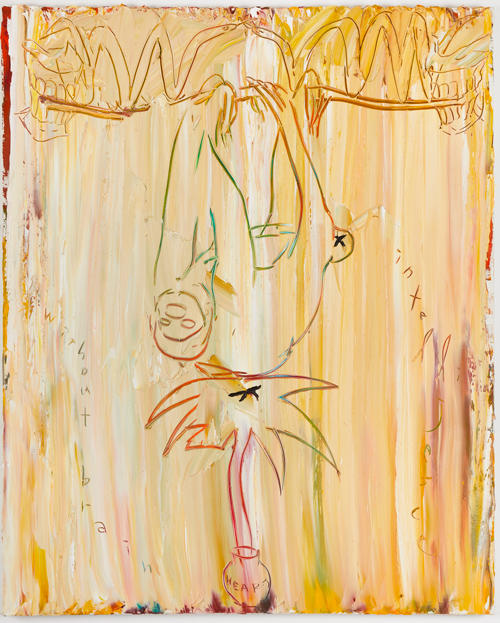
2021
Oil on canvas
162 x 130.3 cm
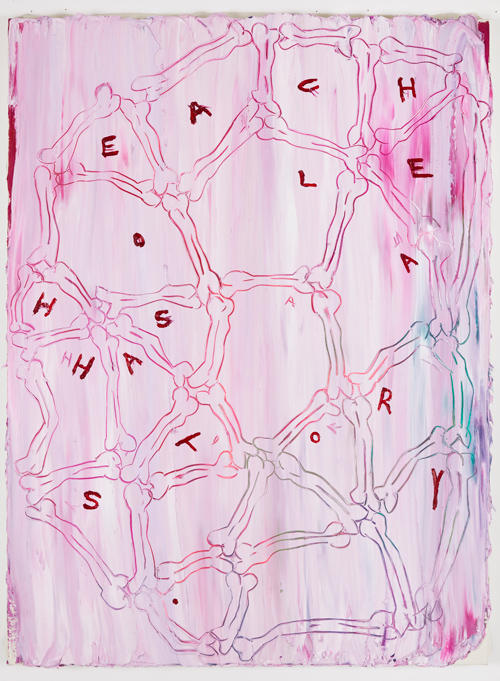
2021
Oil on canvas
130.3 x 97 cm

2021
Oil on canvas
91 x 72.7 cm
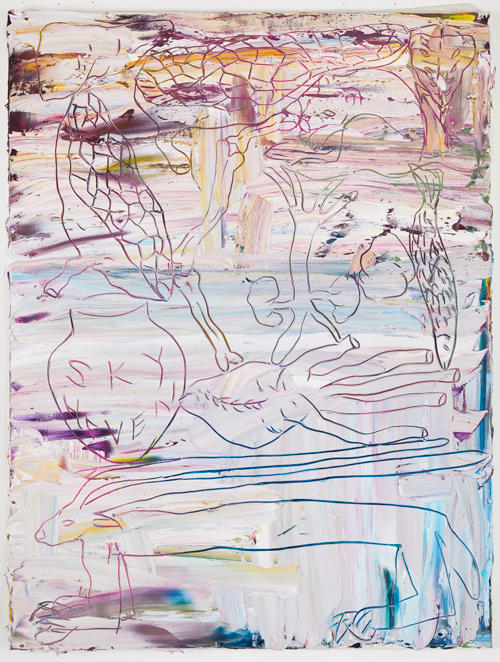
2021
Oil on canvas
130.3 x 97 cm
Kawauchi Rikako
1990 Born in Tokyo, Japan
2015 Received BFA in Oil Painting, Tama Art University
2017 Completed Master’s in Oil Painting, Tama Art University
Currently lives and works in Tokyo.
Solo Exhibitions
- 2015
- shiseido art egg 9: Rikako Kawauchi, Shiseido Gallery, Tokyo
Collector and Artist vol. 1, T-Art Gallery, Tokyo - 2016
- Back is confidential space. Behind=Elevator, WAITINGROOM, Tokyo
- 2017
- NEWoMan ART wall Vol. 7 “Easy Chic Pastels,” NEWoMan ART wall, Tokyo
Something held and brushed, Tokyo Myoan Gallery, Tokyo - 2018
- Tiger Tiger, burning bright, WAITINGROOM, Tokyo
human wears human / bloom wears bloom, Kamakura Gallery, Kanagawa - 2020
- Myth & Body, Nihonbashi Mitsukoshi, Mitsukoshi Contemporary Gallery, Tokyo
drawings, OIL by Bijutsu Techo, Tokyo
drawings, WAITINGROOM, Tokyo
Group Exhibitions
- 2012
- Donuts k, Tama Art University Art Festival, Tokyo
TOTSU Exhibition, Sogo Kashiwa, Art Line Kashiwa 2012, Chiba
OTHER PAINTING XI, Pepper’s Gallery, Tokyo - 2013
- Sleep No More, Tama Art University Art Festival, Tokyo
Home Made Family, CASHI Refregilater, Tokyo
TOTSU Exhibition, TKP Theater Kashiwa, Art Line Kashiwa 2013, Chiba - 2014
- That I shall say goodnight till it be morrow, Shinjuku Ophthalmologist (Ganka) Gallery, Tokyo
The 1st CAF Award - Winning Award Exhibition, TABLOID GALLERY, Tokyo - 2015
- Dead Henge / Aesthetic, HIGURE 17-15 cas, Tokyo
- 2016
- Stereotypical, Gallery PARC, Kyoto
- 2017
- Joint Graduation Exhibition of 5 Art Universities in Tokyo, The National Art Center Tokyo
Museum of Together, SPIRAL Garden, Tokyo
NEWSPACE, WAITINGROOM, Tokyo
spiral take art collection 2017 “SHU SHU SHU SHO”, Spiral Garden, Tokyo - 2018
- Museum of Together - Circus, Shibuya Hikarie 8/COURT, Tokyo
- 2019
- drawings, Gallery Koyanagi, Tokyo
Photo, 3F/3kai, Tokyo - 2020
- Spinner Markt, Spiral Garden, Tokyo
Blossoming of individuality Post-Isaku generation, people who left the Bunka Gakuin from Showa to Heisei, Musée Le Vent, Karuizawa, Nagano
Input/Output, GINZA TSUTAYA BOOKS GINZA ATRIUM, Tokyo
Art Fair
- 2016
- ART TAIPEI 2016, Taipei World Trade Center
Publication
- 2020
- Rikako Kawauchi drawings 2012-2020, WAITINGROOM
Award
- 2014
- The 1st CAF Award, Kenjiro Hosaka Award
Monex, Inc. ART IN THE OFFICE 2014 - 2015
- shiseido art egg AWARD
Collection
- Takahashi Collection
Monex, Inc.




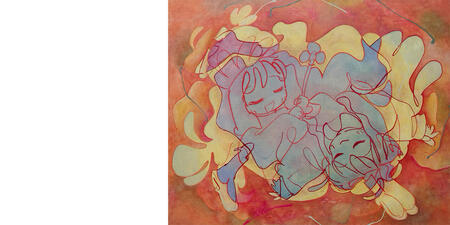

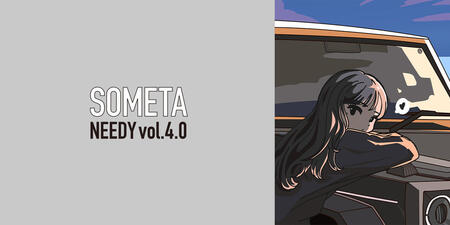


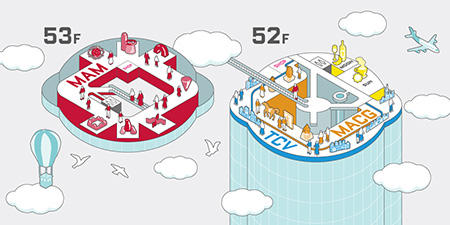
According to Lévi-Strauss, the objects and phenomena seen in the mythologies of South America and Africa do not represent the things themselves; rather, they carry a hidden meaning, a meaning that constitutes a tale told. The objects in the tales present themselves on the screen, not stemming from a surface-level interest, but from an interest in the metaphorical meanings inherent in the objects found in the myth instead. Each time that these objects are depicted, gradually the objects and the meanings become directly connected without being translated into the objects that they are metaphorically compared to; i.e., their original tales and meanings; and the image begins to remain within itself. Thoughts of meaning become thoughts of images; and they hover between language and sensation as well as consciousness and unconsciousness as they unfold on the screen. The concrete objects find their origins in their original meaning and in the tales told, and their own interpretation and thoughts as well as a chain of images intermingle and multiplex as they unfold. Through the production of this work, could what is reconstructed on a single screen become a new tale for these elements?
Kawauchi Rikako